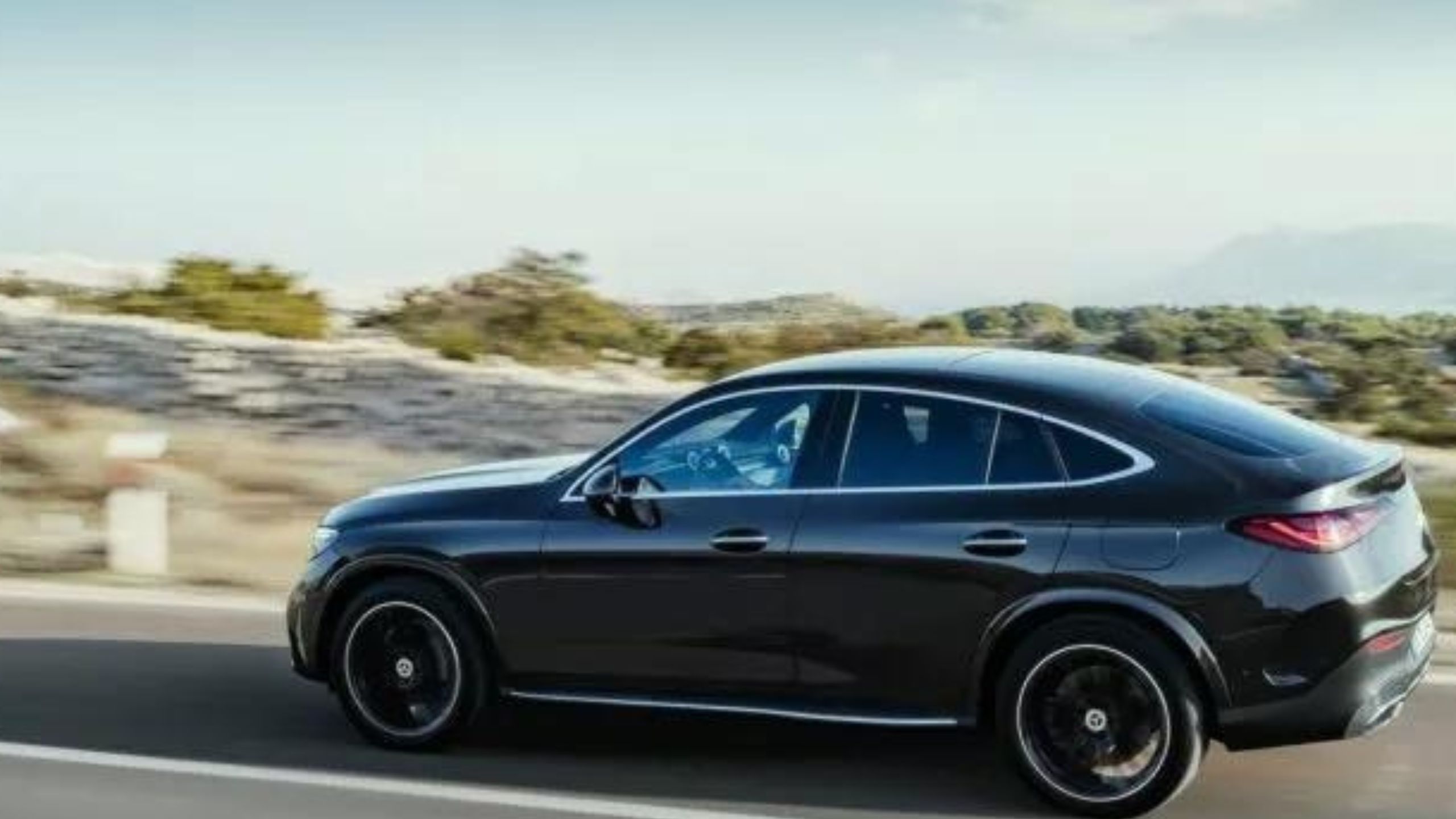The transition towards electrification is encountering some resistance, compounded by rising interest rates causing U.S. buyers to shy away from high-end models.
Consequently, Mercedes-Benz has announced its intention to shift focus towards entry-level cars, incorporating a higher proportion of combustion-powered vehicles in its lineup.
In recent years, many automakers have adopted a margin-focused strategy, taking advantage of short supply, unprecedented demand, and near-zero interest rates, particularly benefiting high-end luxury car brands. However, this strategy has lost its effectiveness with increased supply and interest rates.

To maintain sales, Mercedes has informed dealers of its plan to adjust its supply mix, emphasizing lower-priced models like the GLC while reducing the emphasis on EVs. The company will prioritize the production of combustion cars and hybrids to meet U.S. customers’ demands. This strategy aligns with what Nissan is also implementing.
Analysts view this shift positively, recognizing Mercedes’ adaptation to market realities. By focusing on entry-level vehicles, the brand enables consumers to experience its offerings while remaining within their budget.
Dealers express reservations about stocking electric vehicles due to high carrying costs and slower turnover compared to lower-priced models. Additionally, some customers in the high-end segment show a preference for gasoline engines over electric motors.

Mercedes plans to increase the availability of traditional combustion and hybrid vehicles in the U.S. market, with 25 new and updated models set to launch. This includes expanding plug-in hybrid variants of S-Class and GLE models, as well as introducing an electrified GLC crossover by fall.
“We’re pleased to meet market demands with the right balance of ICE products, electric offerings, and now incorporating PHEVs into the mix,” stated Senol Bayrak, Sales Director at Mercedes-Benz USA.

